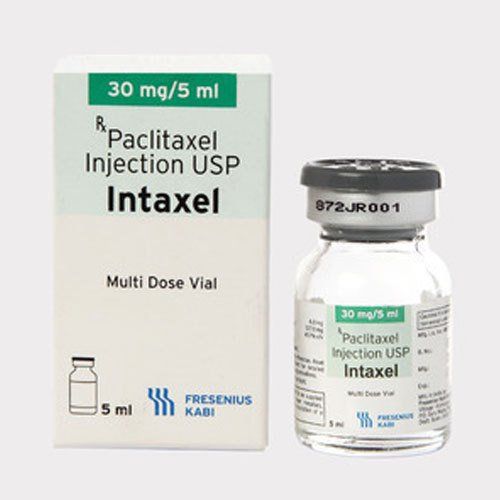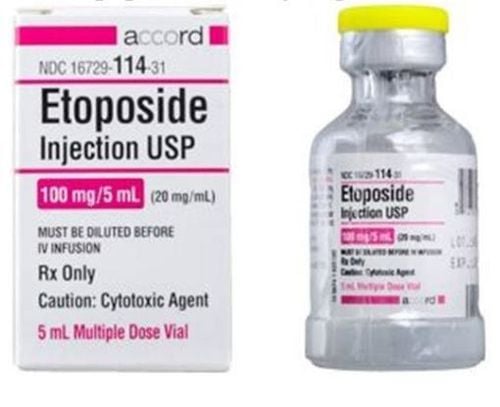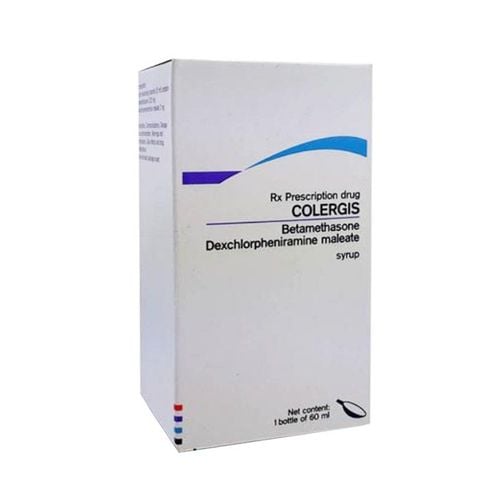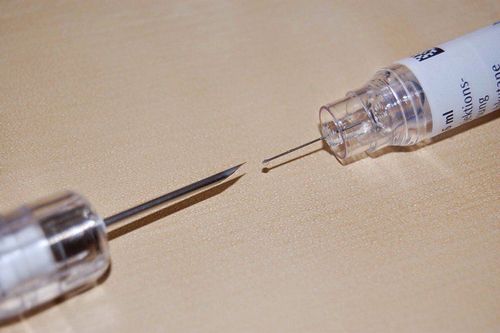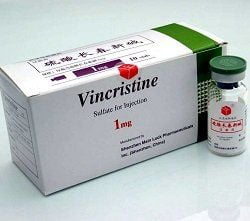This is an automatically translated article.
Mevarex is an anti-cancer drug whose main ingredient is Etoposide. The drug is taken orally and is indicated in many different types of cancer. Let's learn about the uses of Mevarex drugs through the article below.1. What are the uses of Mevarex?
Mevarex drug has the main ingredient is Etoposide (Etoposide), is made in the form of soft capsules with many different drug concentrations. Mevarex 50 contains 50mg of Etoposide and Mevarex 100 contains 100mg of Etoposide.
Etoposide is a semi-synthetic Podophyllotoxin derivative. At present, the exact mechanism of action of Etoposide is unknown. However, it can be seen that Etoposide produces cytotoxic effects by damaging DNA. It thus inhibits or modifies DNA synthesis. According to research, high concentrations of the drug induce cell lysis when cells enter the process of cell division. Lower concentrations have inhibitory effects on cells in the prophase stage. Etoposide-induced DNA damage is clearly associated with the cytotoxicity of the drug.
Since then, the drug is used in cancer treatment, killing cancer cells in the body
2. Indications and contraindications of the drug Mevarex
Indications:
Mevarex is indicated in the following cases:
Used alone or in combination with other tumor drugs in the treatment of refractory testicular cancer through surgery, chemotherapy and radiation. radiation; Treatment of small cell lung carcinoma (small cell lung cancer). Treatment for other solid tumors includes brain tumors, gastrointestinal tumors, ovarian tumors, thymoma, trophoblastic tumors in pregnancy, and some cancers in children. Used to treat Hodgkin's and non-Hodgkin's lymphomas; Treatment of acute non-lymphoid leukemia (acute myeloid leukemia); In Ewing's sarcoma, nephroblastoma, neuroblastoma, liver tumor, and AIDS-based Kaposi sarcoma. Contraindications:
Do not use Mevarex in the following cases:
Bone marrow failure, especially in cases of bone marrow failure after radiation therapy or chemotherapy, in case of kidney failure. Patients with a history of hypersensitivity to the active ingredient etoposide or any other excipients of the drug. Severe liver failure.
3. Dosage and usage of Mevarex
How to take:
The drug is taken orally, on an empty stomach. Because Mevarex can cause bone marrow suppression, doses should not be repeated more frequently at 21-day intervals.
Dosage:
Adults:
The recommended dose of Mevarex is 120-240mg/time, taken within 5 consecutive days. Daily doses that are higher than 200mg should be divided into 2 doses. Follow-up dose: Patients should not start a new cycle of Mevarex treatment if their neutrophil count is less than 1,500 cells/mm3 or platelet count is less than 100,000 cells/mm3, unless treatment This is caused by malignancy. The dose following the initial dose should be adjusted if the neutrophil count is below 500 cells/mm3 occurs for more than 5 days or is associated with fever or infection or if the platelet count is less than 25,000 cells/mm3. happen. Elderly: No dose adjustment is required.
Children: The safety and effectiveness of Mevarex in children have not been established.
Renal Impairment: In patients with reduced renal function, dose adjustment after the initial dose should be considered based on measured creatinine clearance.
Creatinine clearance > 50 ml/min: Use 100% of the dose. Creatinine clearance from 15 to 50 ml/min: Use 75% of the dose.
4. Mevarex side effects
When taking the drug you may experience side effects including:
Common: Reversible hair loss, ovarian failure, amenorrhea, nausea and vomiting, loss of appetite, diarrhea, inflammation of the mucous membranes or mucous membranes or mucous membranes. esophagitis common at high doses, gastritis, abdominal pain, anemia, leukopenia (usually asymptomatic, sometimes presenting as fever or chills, cough or hoarseness), low back pain or flank, painful or difficult urination, thrombocytopenia (usually asymptomatic, rarely bleeding or bruising, tarry black stools, blood in the urine or stools, red spots on the skin), Thrombocytopenia anemia usually recovers after 20 days of drug discontinuation but may take longer, hypotension, hepatotoxicity, peripheral neuritis. Uncommon: Stomatitis, diarrhea, CNS toxicity; Rare: Acute leukemia, anaphylactic reaction, difficulty walking, numbness or tingling in toes or fingers, weakness, convulsions, myocardial infarction, congestive heart failure, increased heart rate, redness flushing, taste disturbance, constipation, dysphagia, transient cortical blindness, interstitial pneumonia or pulmonary fibrosis, pigmentation, dermatitis, Stevens-Johnson syndrome, urticaria and severe pruritus. If you experience these symptoms, you need to stop using Mevarex and notify your doctor for appropriate treatment.
5. Notes when using Mevarex
Mevarex is used under the prescription of a doctor. Severe myelosuppression that has occurred with the drug, which can be fatal, has been reported. Patients must be regularly monitored for the possibility of myelosuppression both during and after treatment. At the start of treatment and before each subsequent cycle of Etoposide treatment, complete blood counts including platelet count, hemoglobin, white blood cell count and count should be performed. If bone marrow depression occurs, dosing should be delayed. Infection should be checked before starting treatment with Mevarex. Because the drug increases the risk of serious infections. Patients with low serum albumin may be at increased risk of toxicity from etoposide. Care should be taken or patients need to have enough albumin to use the drug. Avoid concurrent administration of live vaccines during administration. Because of the increased risk of infection caused by the vaccine. If used with a dead vaccine, it can also reduce the effectiveness of the vaccine. Caution for pregnant women: Because Etoposide may cause fetal harm when administered to pregnant women, the potential benefit of its use can sometimes be tolerable under certain circumstances, although may pose a risk to the fetus. Patients should be advised to avoid becoming pregnant while taking this medicine. Etoposide is used during pregnancy only when the condition is life-threatening or the disease is severe for which other safer medications cannot be used. Etoposide is excreted in human milk, so breast-feeding should not be done while receiving chemotherapy because of risks to the infant such as mutagenicity and carcinogenicity. Caution when driving and operating machinery: Etoposide may cause adverse reactions such as fatigue, drowsiness, nausea, vomiting, cortical blindness, hypersensitivity reactions, hypotension. Affects driving, should be used with caution.
6. Drug interactions
High doses of cyclosporine can cause a significant increase in etoposide blood levels, exacerbating etoposide-induced myelosuppression. It is necessary to reduce the dose of etoposide when used in combination. Phenylbutazone, salicylic acid and sodium salicylate can affect the protein binding of etoposide. Caution should be exercised when etoposide phosphate is used with drugs such as levamisole hydrochloride. Etoposide may potentiate the effects of natalizumab, vitamin K antagonists. The following drugs may potentiate the effects of etoposide: CYP3A4 inhibitors, dasatinib, P-glycoprotein inhibitors and trastuzumab. The following drugs may reduce the effect of etoposide after taking together: Barbiturates, CYP3A4 inducers, deferasirox, echinacea, P-glycoprotein inducers, phenytoin. Food interactions: Avoid grapefruit products, as they may increase serum etoposide concentrations. Above is the information about the uses, doses and things to keep in mind when using Mevarex. Patients should only take the drug and monitor it by an experienced doctor. If there is any abnormality, you should immediately notify your doctor for advice.




